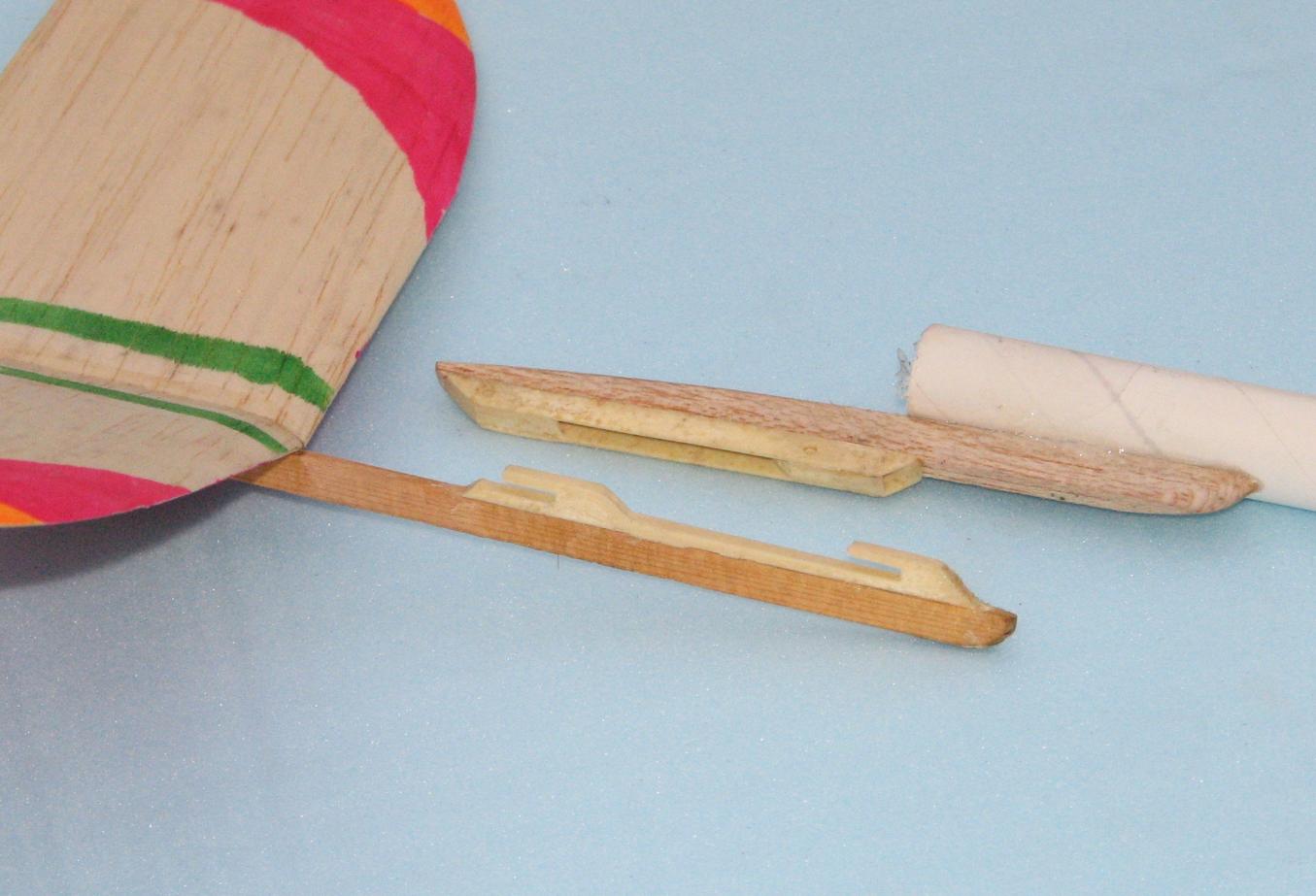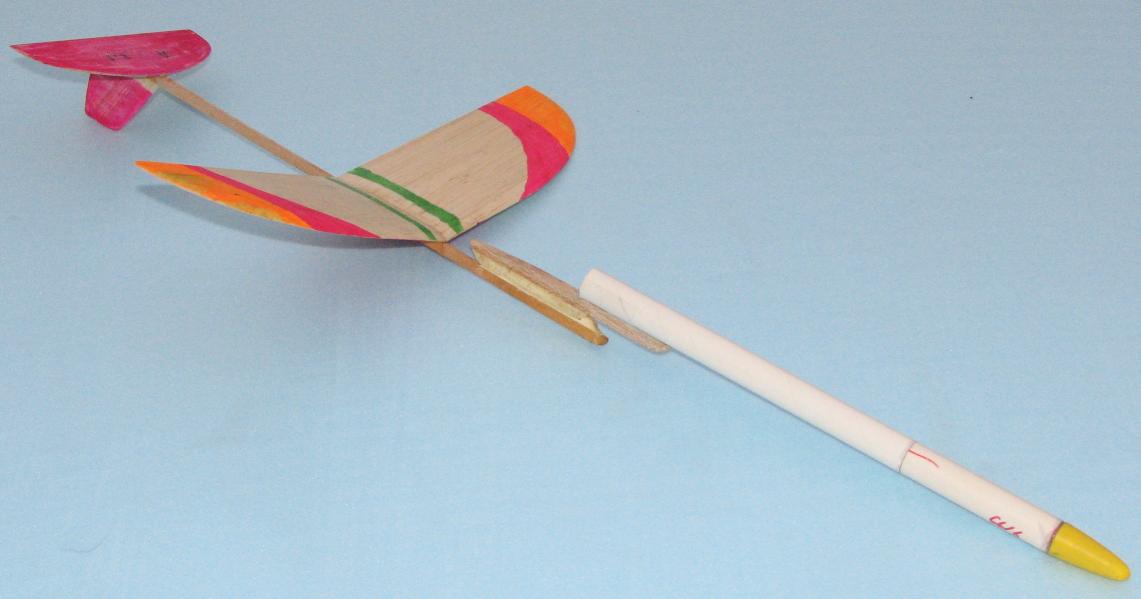brewster_rockit
Well-Known Member
- Joined
- Nov 22, 2014
- Messages
- 67
- Reaction score
- 12
One thing I've noticed in my limited boost glider experience is that they tend to pitch onto their backs and often loop during the coast phase of flight. The launches I've seen were fairly vertical: the motor thrust tends to pitch the glider nose-down, the stabilizer incidence counteracts this, and the result is a relatively straight boost. After the motor burns out, there is far less nose-down moment. Hence, the glider starts to pitch up and eventually roll to its back.
I've mulled over a number of solutions to this problem and wanted to pick the forum's brains as to which one might be most effective:
1) Use a taller pylon on the motor pod for more nose-down moment on boost, so the rocket doesn't pitch past vertical during coast.
2) Use burn string and rubber bands to actuate the elevator at burnout (similar to Xebec rocket glider)
3) Canards on motor pod to force more nose-down moment (Estes Nighthawk-style,) with similar flight profile to #1
4) Place incidence on wing instead of stabilizer. This would add to the pitch-down moment during boost, but I'm concerned about too much nose-down pitch during coast.
5) Simply reduce the amount of incidence between the wing and stabilizer (is there a magic number? perhaps 1-3 degrees?)
All "war stories" about trying any of these would be great!
I've mulled over a number of solutions to this problem and wanted to pick the forum's brains as to which one might be most effective:
1) Use a taller pylon on the motor pod for more nose-down moment on boost, so the rocket doesn't pitch past vertical during coast.
2) Use burn string and rubber bands to actuate the elevator at burnout (similar to Xebec rocket glider)
3) Canards on motor pod to force more nose-down moment (Estes Nighthawk-style,) with similar flight profile to #1
4) Place incidence on wing instead of stabilizer. This would add to the pitch-down moment during boost, but I'm concerned about too much nose-down pitch during coast.
5) Simply reduce the amount of incidence between the wing and stabilizer (is there a magic number? perhaps 1-3 degrees?)
All "war stories" about trying any of these would be great!




